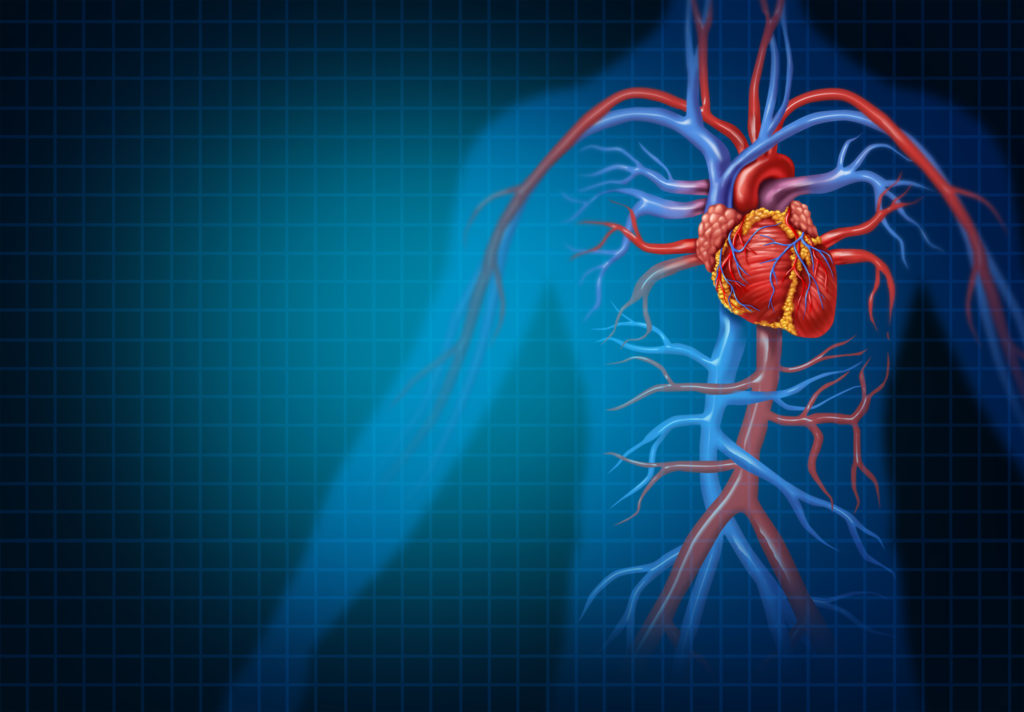What You Need To Know About Poor Circulation and Diabetes
- Matt Frank
- December 21, 2021
- 1:36 pm
One of the most common symptoms of diabetes is decreased blood flow, which can present itself through feelings of numbness in your hands and feet, a persistent chill, and slow healing wounds. If left unchecked poor circulation can lead to damage to your limbs, heart, kidney, brain, and eyes—so let’s go over what causes this issue and how we may improve it!
What Are The Main Causes Of Poor Circulation?

Diabetes can lead to decreased blood flow in a few different ways, but in most instances, it is due to high glucose levels. Over time these heightened levels can wreak havoc on the lining of your small blood vessels, obstructing circulation. Another thing to watch out for is an increased risk of peripheral arterial disease, or PAD, where fatty deposits narrow your blood vessels typically in your legs and feet. In people over the age of 50 studies show that 1 in 3 people living with diabetes will develop PAD increasing your risk of a heart attack or stroke.
How To Improve Circulation
There are several ways you can improve circulation, and therefore lower your risk to numerous health issues:
- One of the most effective ways to improve the blood flow in your body is to move it! Some form of exercise five days a week is crucial to get that blood pumping to your legs and feet—try walking, swimming, or going for a joy ride on your bike for at least 30 minutes. Make it a habit and you can see a 20% improvement in 6 months!
- Always aim to keep your blood sugar and blood pressure at the recommended levels before and after eating and take medication or supplements if necessary to do so
- Check your feet regularly for any injuries and track their healing progress
- Wear diabetic compression socks
- STOP SMOKING!!

